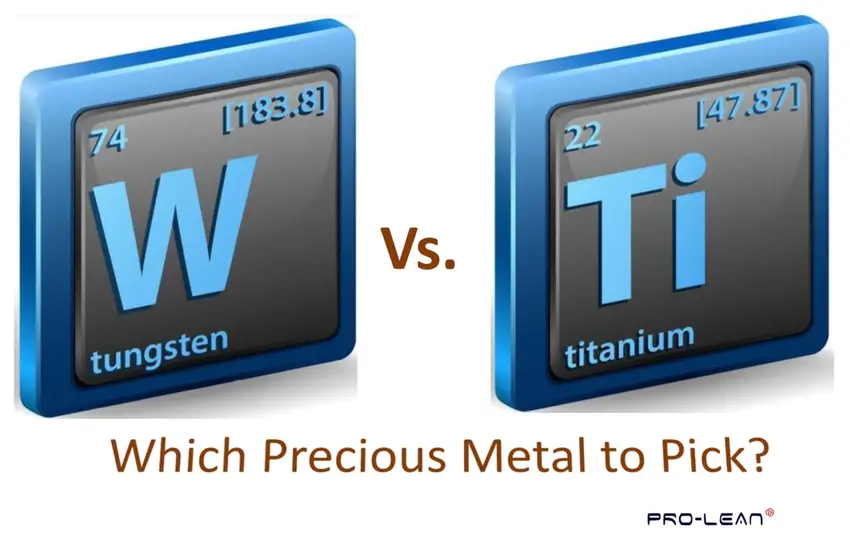
Tungsten vs. Titanium
As the world continues to develop, the uses of different resources become clearer. Tungsten and titanium elicit interest from users across industrial and other sectors.
However, many people are still confused between tungsten vs titanium. Some users even think these materials are interchangeable. The truth is that these metals have unique properties aligned to their ideal applications.
As you choose between these metals, it is important to be aware of these differences. ProleanTech approaches every material uniquely, knowing that even the slightest property difference can affect machining manufacturing results.
Our tens of highly experienced engineers are always there to guide where unique materials such as tungsten and titanium are involved.
In this article, we will cover how tungsten and titanium compare to each other, touching on properties, types, and applications.
What is tungsten and how does it suit your business?
Tungsten is a silvery white material that also has a luster. It is renowned for its hardness and oxidation resistance. The material is also remarkably resistant to alkalis and acids. 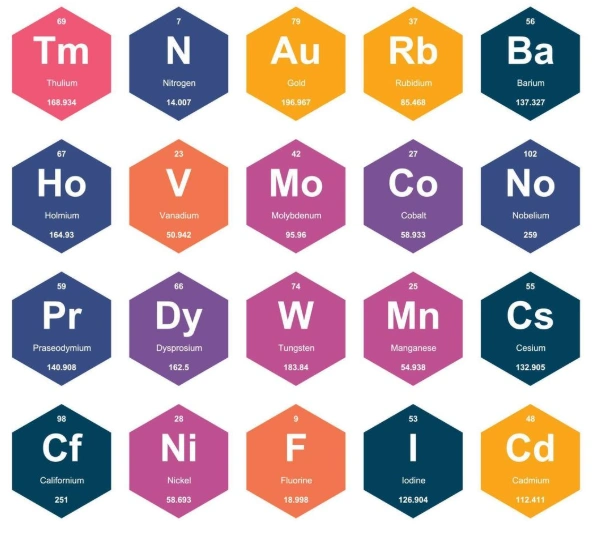
Tungsten symbol
The chemical symbol for this rare metal is W. According to scientists and geologists, most of the tungsten deposits are in Peru, Austria, China, and Russia.
A notable characteristic of tungsten is a very high melting point – no other metal performs better. Its density is also remarkably high.
Combining tungsten with carbon creates one of the hardest materials ever made by man. Many people relate tungsten to the filament in a bulb, but there are other exciting applications such as oil drilling and metal cutting.
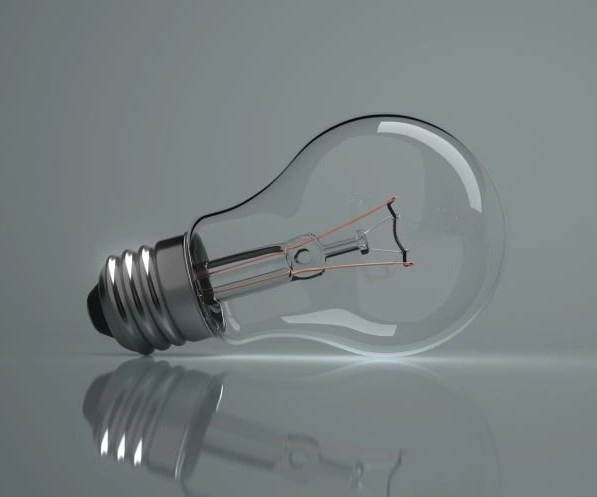
Tungsten Bulb
What are the properties of tungsten?
One of the tungsten properties is a density of 19.25 g/cm³, meaning that it is very dense. Its boiling point and melting point are 5,930 °C and 3,422 °C respectively. This material has the highest tensile strength, especially at high temperatures. It is known for attractive thermal properties including a thermal conductivity of 170-173 W/(m·K).
As mentioned, the material has good corrosion resistance. This, combined with resistance to alkalis and acids, makes tungsten a preferable material for applications involving high temperatures and corrosiveness.
Knowing such tungsten properties of a material is crucial for effective processing.
Know the Alloys of Tungsten
As you consider tungsten for a project, the suitability of a tungsten alloy to a specific application matters a lot because performance requirements differ. Processing the alloy is also a big factor, considering some alloys are more machinable than others are.
There are several other reasons to specify the preferred tungsten alloy, including cost and weight. That said, there are five primary alloys of tungsten, which are briefly discussed below:
Pure Tungsten
This is the unalloyed tungsten metal that is used in heating elements and electrical contacts for its high melting point.
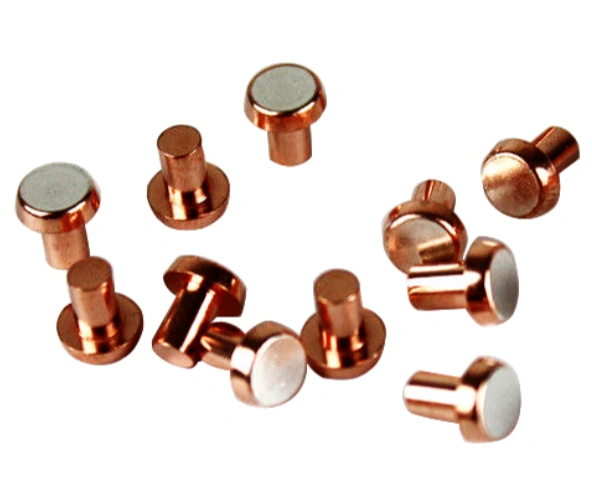
Tungsten-copper electrical contacts
Alloyed tungsten
This is a group of materials that contain tungsten and alloying elements. Copper and iron are popular alloying elements of tungsten. These combinations enhance tungsten properties. For instance, the tungsten-nickel-copper alloy takes advantage of the enhanced non-magnetic properties of copper.
Tungsten Carbide
Tungsten carbide is an alloy of tungsten and carbon. The resulting compound is exceptionally wear-resistant and hard. It is mostly used in wear-resistant components and cutting tools. Its chemical formula is given as WC.
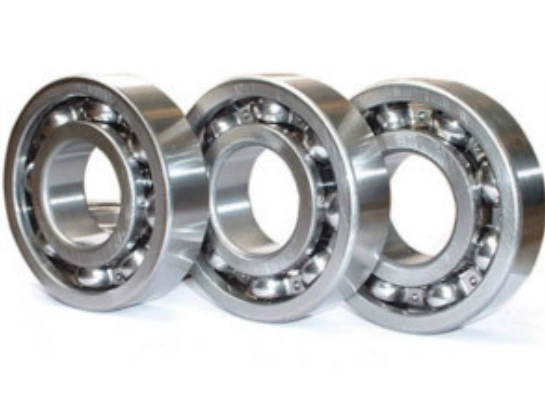
Tungsten carbide bearings
Cemented Carbide
This alloy of tungsten is also very popular, especially when the binder is cobalt. Cobalt is an effective binder that makes tungsten suitable for demanding applications through higher toughness.
Tungsten-based chemicals
Tungsten-based chemicals also count as types of tungsten, coming in handy in the manufacture of dyes and pigment phosphors. Examples of these chemicals are ST-0 Sodium Tungstate Dihydrate, TA-1 Tungstic Acid, TC-1 Tungsten Carbide, and AMT-0 Ammonium Metatungstate.
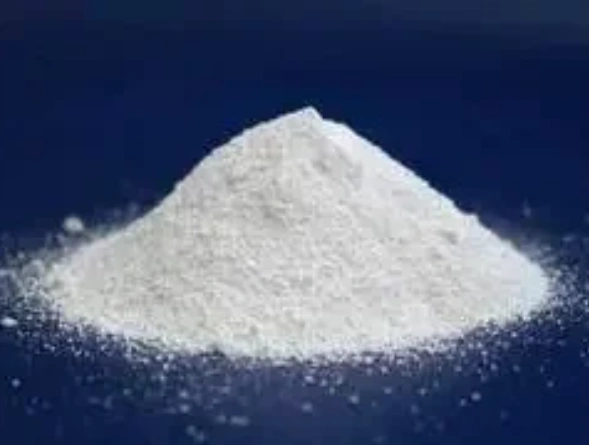
Ammonium metatungstate
Try Prolean Now!
Consider the pros and cons of tungsten.
As suggested by the many applications, tungsten properties are valuable. However, the material also has some challenges and limitations. Whether in machining or using already machined parts, it is important to note the pros and cons of the material.
It is the same approach you would use when choosing between Anodized Steel vs Stainless Steel: Best Uses & Applications.
Below is a summary of the pros and cons of tungsten as captured in a table.
|
Pros of tungsten |
Cons of tungsten |
|
Ideal for high-temperature applications due to high melting point |
Can present processing challenges due to the high melting point. |
|
High resistance to corrosion and chemicals |
Its poor film density does not favor evaporation processes. |
|
Dissipates heat easily |
Difiifuclt to machine at room temperature due to brittleness. Note There is the less brittle tungsten carbide that forms highly effective machining tools. |
|
Excellent dimensional stability even under intense conditions |
It is relatively expensive, hence only used in select projects |
What are the main applications of tungsten?
As we CNC-machine tungsten in our facility, there are several common applications we have identified for this precious metal. Not only tungsten; we deal with 100+ material options.
When you Get ProleanTech CNC Machining Services, you enjoy cost-effective parts machined to the highest dimensional accuracy. We are talking about tolerances down to ±0.0002″ (0.005mm)
Here are some of the applications of tungsten:
Industrial Machinery
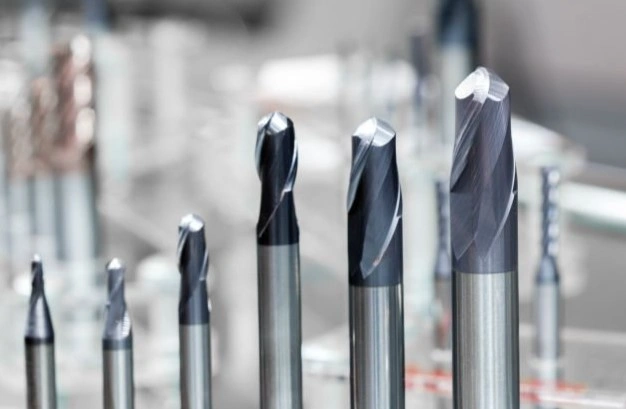
Tungsten carbide-tipped cutting tools
Tungsten is widely used as tungsten carbide in manufacturing processes for its superior wear resistance and hardness. Tungsten carbide tools are prominent in CNC machining parts for aerospace, automotive, and other industries.
These tools are essential in tapping and threading operations, particularly for demanding workpieces. Read more about Thread Milling vs Tapping: Side-by-Side Comparison.
Aerospace parts
Rocket nozzles and turbine blades in aircraft parts must be strong and heat resistant. Some parts, like the steering rudder and aileron ends, need a versatile counterweight. Tungsten is a popular material in that respect.
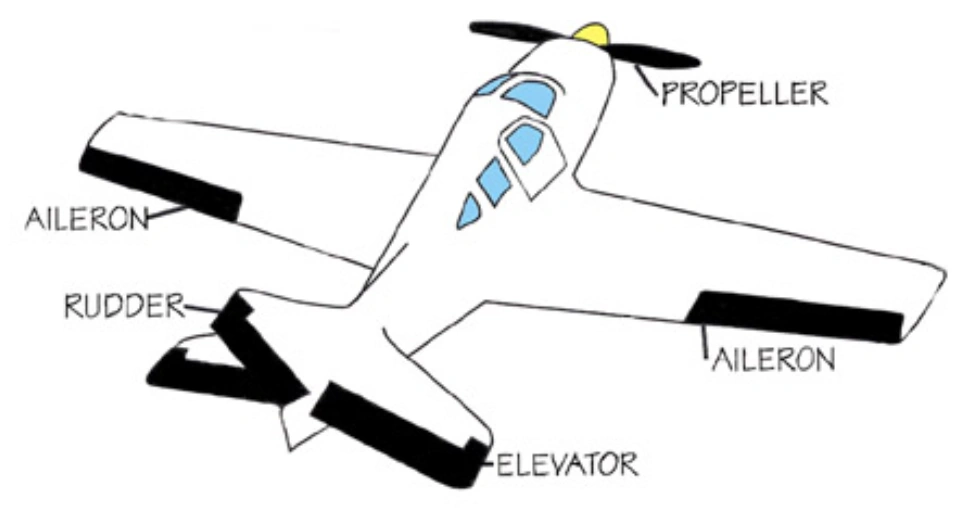
Rudder and aileron of aircraft
Automotive parts
The wear resistance, durability, and density of tungsten are valuable in the manufacture of crankshaft counterweights, and other parts of the vehicle where such properties are critical.
Prolean Tech is highly experienced in manufacturing automotive parts from 100+ materials, including tungsten. Reach us and get your quote now.
What is titanium?
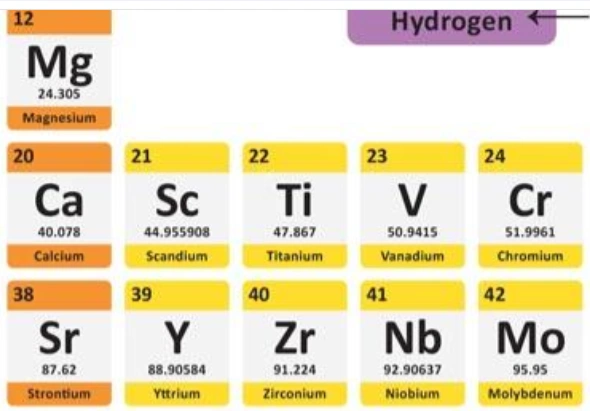
Titanium symbol
Titanium, symbolized as “Ti” in the periodic table, is a silver-grey lightweight material that is extremely strong and corrosion-resistant. While not as dense, titanium is as strong as steel. It is capable of retaining these titanium properties in high temperatures, a main reason why it is common in aerospace applications.
Titanium is mostly used as Titanium Dioxide (TiO2), a whitish substance that is good at manipulating the opaqueness, reflectivity, and brightness of materials.
Manufacturers blend the metal-specific elements to make excellent titanium alloys that can be used in aerospace and many other industries.
One easy way to classify titanium is to look at the ASTM international classification based on hardness. According to this classification, grade 38 is the hardest while grade 1 is the softest.
Mostly extracted as rutile or ilmenite, titanium is a highly abundant material on the Earth’s crust – 9th on the list at 0.44%.
More about the material is covered under the titanium properties section.
Try Prolean Now!
What are the properties of titanium?
One of the notable titanium properties is that in its pure state, titanium is a silvery gray metal. Although the metal has a low density, it is highly strong. It has superb resistance to corrosion, hydrochloric acids, and organic acids, among other materials.
Titanium loses its ductility when it is exposed to oxygen. It has the unique property of being the only element capable of burning in nitrogen.
The types of titanium you can consider for your parts
Titanium is available in different alloys, which can be classified according to strength and structure. The type you choose can impact the success of your project, so we recommend you consider properties such as tensile strength, working temperature, and corrosion resistance.
Here is a table showing the different types of titanium alloys by these factors:
|
Types of Titanium alloys by strength |
Types of Titanium alloys by structure |
|
Low strength
|
Alpha alloys
|
|
Moderate strength
|
Near alpha alloys
|
|
Medium strength
|
Beta and Near-Beta Alloys
|
|
High strength
|
Alpha and Beta Alloys
|
|
Very high strength
|
What are the pros and cons of titanium?
As captured in the table below, titanium has some very good characteristics, but it also has drawbacks.
|
Pros of titanium |
Cons of titanium |
|
Chemical resistant |
Highly reactive in production |
|
Highest strength-to-weight ratio among metals |
Safe operation limited to below 400 degrees Celsius |
|
Highly recyclable |
Difficult to machine |
|
Low lifetime cost |
|
|
biocompatible |
The main Applications of Titanium
If you are wondering where you can use titanium, here are some popular applications:
Automotive Industry
Titanium is extensively used in the automotive industry. Its high strength-to-weight ratio is suitable where the manufacturer wants to reduce weight. The metal is renowned for parts such as brake parts and valve springs.
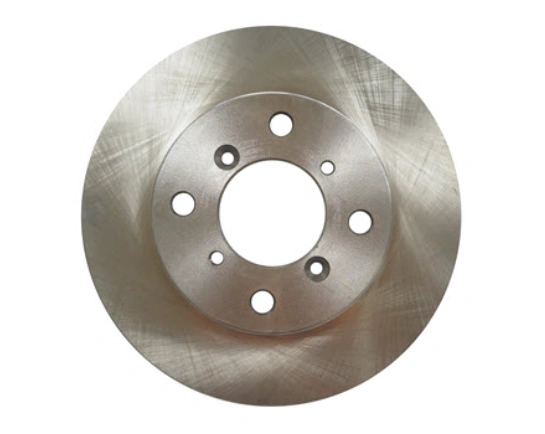
Titanium brake rotor disc
Aerospace Industry
Turbine parts, shafts, seat parts, and valves are made from this strong but lightweght material.
Marine Industry
CNC-machined titanium components are also usable in marine environments. Popular application areas are rigging equipment, heat exchangers, and propellor shafts.
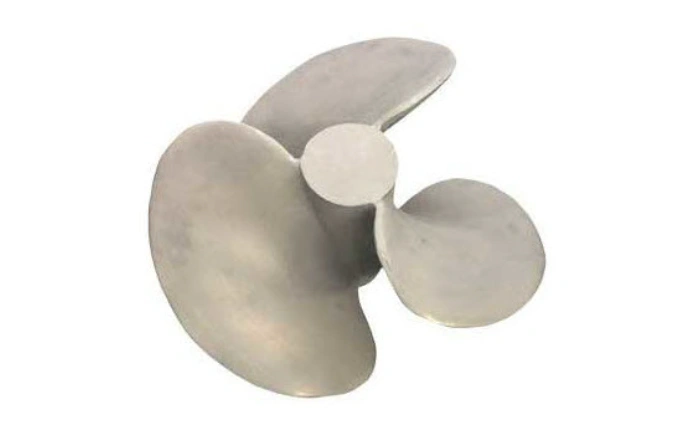
Titanium boat propeller
Comparison between Tungsten vs Titanium
It is not in doubt that tungsten and titanium are highly sought after materials in different industries and for varied reasons. Each of these metals has unique properties that appeal to users in the aerospace, industrial operations, jewelry, and many more.
As a renowned provider of CNC machining services for rapid prototypes and production parts, Prolean Tech understands the complexity of creating usable products from these unique materials. Our comprehensive guide about CNC machining highlights the different aspects of the technology.
We bank on our commitment to unmatched quality and process precision in every project as evidenced by our ISO 9001:2015, ISO 13485, and IATF 16949:2016 certifications.
Our customers can attest that we always deliver CNC machined parts on time regardless of the magnitude and complexity.
Note that apart from the tungsten vs titanium coverage, we have also compared Aluminum vs Cast Aluminum: Which One is Better? You may want to check it.
Here is a detailed comparison between tungsten vs titanium.
Which is stronger titanium or tungsten?
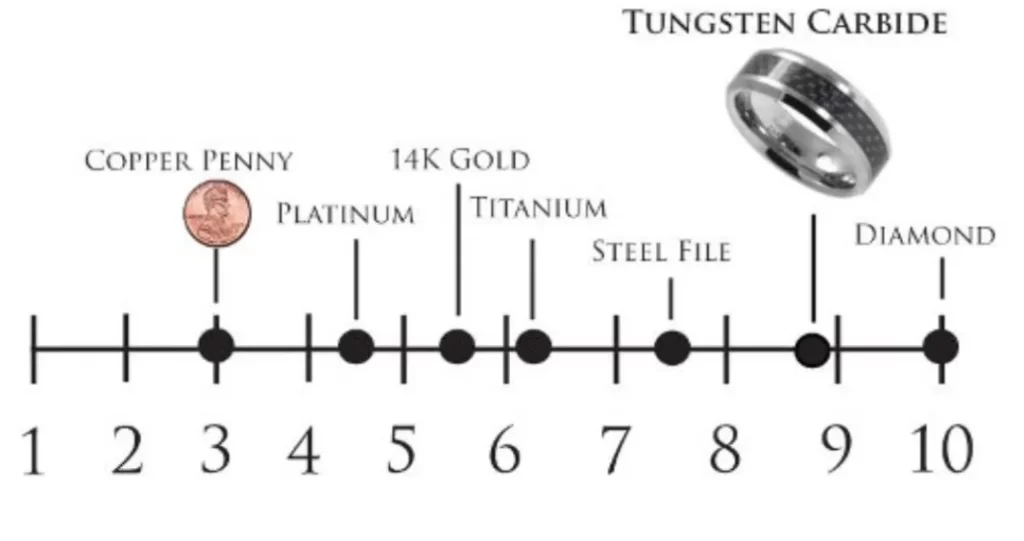
MOH’s Hardness Scale
Tungsten is stronger than titanium. The Mohs Scale (mineral hardness classification) gives tungsten a hardness of 9 out of 10 compared to 6 out of 10 for titanium. Concerning tensile strength, tungsten can attain 2,300 MPa compared to titanium’s maximum tensile strength of 1,400 MPa.
This comparison also brings up the aspect of tungsten vs titanium rings. We all know that scratch resistance is a crucial property of jewelry. Tungsten rings normally beat titanium rings in this respect.
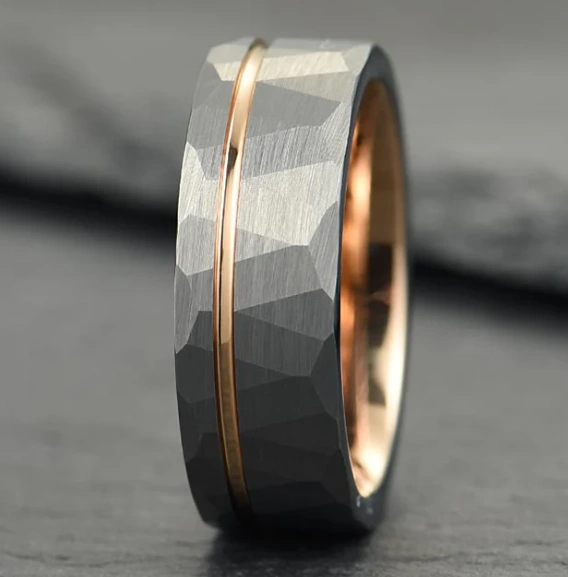
Tungsten ring
When looking for the most scratch-resistant variety, buyers are advised to insist on silver tungsten rings instead of color tungsten rings. Silver tungsten rings have excellent scratch resistance.
Density of Tungsten vs Titanium
Weight is another important element for CNC machined materials. At a density of 19.3 g/cm³, tungsten is clearly among the densest metals. It is even denser than lead. Titanium doesn’t even come close at only 4.5 g/cm³.
Comparing the price of tungsten and titanium
Tungsten is much more expensive than titanium. As per the latest market figures, tungsten costs about $45 per kg. The price of titanium is about $10 per kg. This indicates that tungsten is nearly five times more expensive than titanium.
Note: This is very important to note that the above prices are just for general ideas, not specific. Prices can vary due to various factors, including the form and prevailing market rates.
But why is tungsten generally more pricey? Apart from being less abundant, tungsten has a higher melting point that makes processing more challenging. Moreover, tungsten is more difficult to transport due to a higher weight.
This difference is most evident in the titanium vs tungsten jewelry price.
Tungsten vs titanium: Other properties
For other properties, let’s do a comparison table.
|
Property |
Tungsten |
Titanium |
|
Coefficient of Thermal Expansion |
4.5 × 10⁻⁶ /°C |
8.6 × 10⁻⁶ /°C |
|
Electrical Conductivity |
1.8 × 10⁶ S/m |
2.4 × 10⁶ S/m |
|
Specific Heat Capacity |
0.13 J/g·K |
0.52 J/g·K |
|
Thermal Conductivity |
173 W/m·K |
21.9 W/m·K |
There are many other confusing factors about materials, including Ferrous vs Non-Ferrous: Strength, Conductivity & More, which Prolean Tech is ready to discuss.
Conclusion
Both tungsten and titanium are important metals in many industries, from the titanium vs tungsten jewelry space to the medical industry. Like any other material, there will be pros and cons for each.
You may also have wondered Zinc vs Aluminum Die Casting: Which One is Right for You? We always answer such questions in detail. The point is that you want to look at the project specifics against what the metal can offer.
Tungsten is an excellent choice if you need a material that can work under extreme force and temperature. Titanium makes a reliable choice for applications where corrosion resistance and a high strength-to-weight ratio are a priority.
Our guide about tungsten vs titanium forms a strong background in your effort to choose between the two metals. If you are still uncertain, please contact us for assistance.
FAQs
Is tungsten valuable?
Yes, tungsten is a valuable metal. Its hardness, durability, and high melting point make it applicable in many industries.
What is the strongest material for rings?
According to the Mohs hardness and comparing tungsten vs titanium rings, tungsten carbide is one of the strongest materials for rings.
What are the weaknesses of tungsten?
The weaknesses of tungsten include high weight, brittleness, and poor machinability.
Why is titanium used instead of tungsten?
Titanium is used instead of tungsten when the priority properties in a project are durability, low weight, and versatility.
Does tungsten tarnish?
Tungsten does not tarnish if it is in its pure form – it is highly corrosion-resistant. However, adding cobalt binder to the metal for jewelry can make it prone to tarnishing.

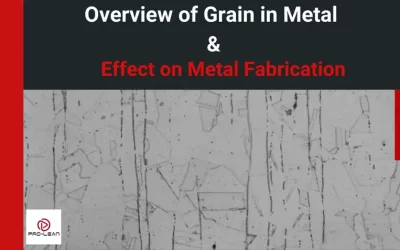
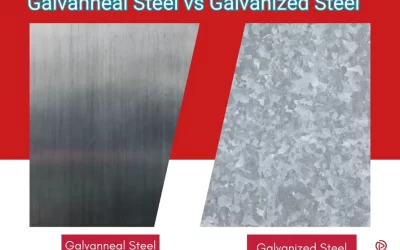
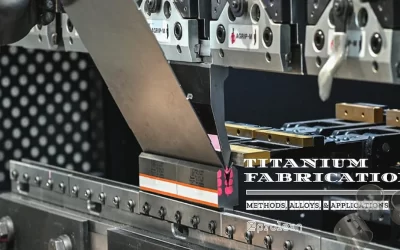
0 Comments